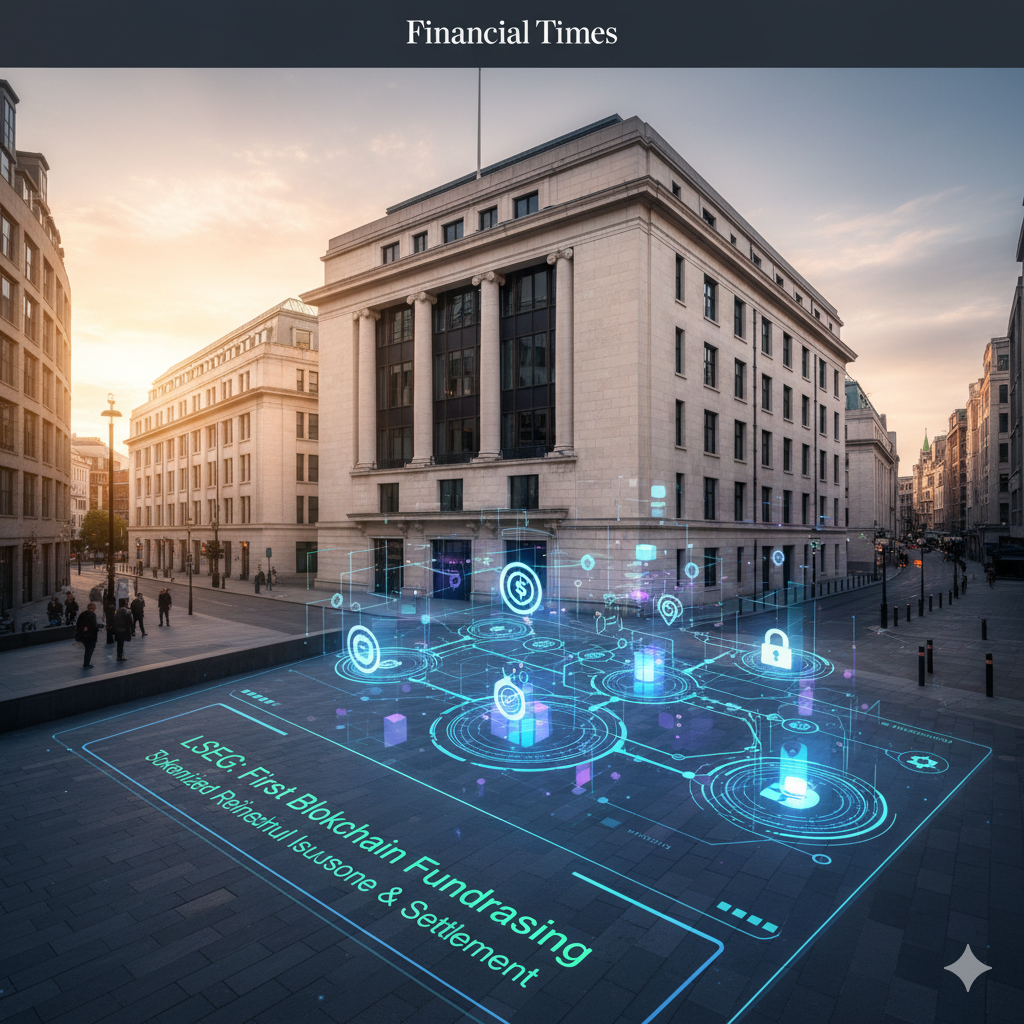For years, blockchain has been criticized for its energy-intensive operations, especially those driven by proof-of-work (PoW) systems like Bitcoin. But the narrative is shifting. As the world transitions toward net-zero goals, blockchain is evolving too — becoming a key player in the global sustainability movement. The question is no longer whether blockchain can be green, but how it can lead the green revolution.
From Power-Hungry to Power-Efficient
The shift from PoW to proof-of-stake (PoS) and other energy-efficient consensus mechanisms marks a fundamental transformation. Ethereum’s historic move to PoS reduced its energy consumption by over 99%. Meanwhile, new layer-1 chains such as Algorand, Solana, and Cardano were designed with sustainability in mind from the start. These networks show that blockchain doesn’t have to be an environmental villain—it can be a tool for responsible innovation.
Tokenized Carbon Credits: A Transparent Future for Climate Action
Carbon markets have long struggled with inefficiency and opacity. Blockchain changes that. Through tokenization, carbon credits can be recorded, tracked, and traded transparently. Platforms like Toucan, KlimaDAO, and Flowcarbon are pioneering tokenized carbon assets that ensure legitimacy and traceability. This not only boosts confidence among buyers and regulators but also allows real-time verification of emissions offsets, reducing fraud and greenwashing.
Greening Supply Chains with Blockchain Transparency
Supply-chain emissions account for a significant portion of global greenhouse gases. Blockchain’s immutable ledger provides a way to track products from origin to end-user, ensuring environmental claims are verifiable. Companies across industries—from fashion to food—are integrating blockchain to certify that materials are sustainably sourced. IBM’s Food Trust and VeChain are standout examples, leveraging distributed ledgers to build consumer trust and corporate accountability.
Peer-to-Peer Renewable Energy Trading
Perhaps the most exciting innovation comes in decentralized energy markets. Using blockchain, households with solar panels can sell excess energy directly to neighbors, bypassing traditional utilities. Projects like Power Ledger and WePower are already turning this idea into reality, democratizing access to clean energy while enhancing grid resilience.
The Road Ahead
Blockchain’s journey toward sustainability is far from over, but the momentum is undeniable. Governments, corporations, and innovators are recognizing its potential to drive transparency, efficiency, and accountability in climate action. The same technology that once symbolized excess may soon embody ecological responsibility.
The green blockchain revolution isn’t a distant dream — it’s happening now, one block at a time.




